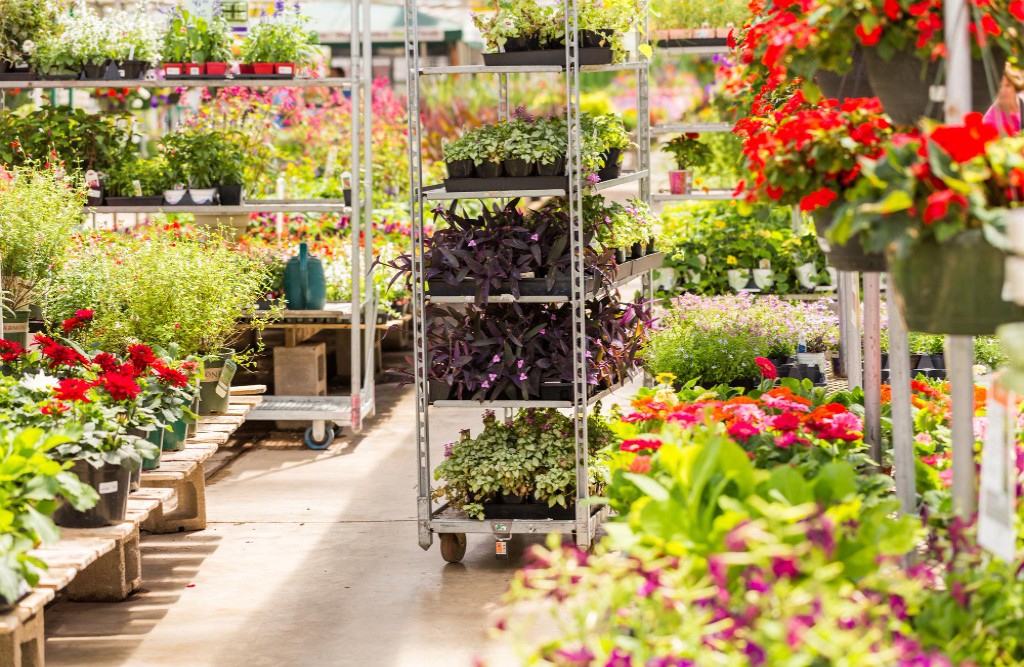
To enhance the conservation of plants, the quality of gardening should be emphasized more, enabling the country to boost productivity in trees and forests. Establishing nurseries and providing skill-based education can also foster economic and social improvements in impoverished areas. Plants produced from nurseries also make significant contributions to environmental conservation and help preserve botanical resources. Their role in supporting livelihoods by supplying animal fodder, fuelwood, timber, food products, and medicinal supplies underscores the importance of planting trees. Establishing tree nurseries and empowering human resources with necessary skills are crucial for achieving the goal of a greener India. Additionally, nursery operations aid in fostering more humane relationships with local species through the organization, nurturing, and care of plants, thus providing vital support to local communities. Thus, nursery management also becomes a means of social and economic upliftment, which can contribute to the building of a strong and prosperous India.
Sowing seeds obtained from plant cuttings or divisions usually does not yield successful results. Nursery plant propagation is the most reliable method for regenerating vegetation in impoverished areas. The growth of roadside vegetation and gardens largely depends on robust plants, which can only be obtained from a nursery. Seeds are not available every year and throughout the year, often sustaining short-term viability. Seed germination rates are low in many species, making their skilled use essential. Direct seeding yields uncertain results, hence it is advisable to cultivate plants of appropriate size in nurseries. In certain locations, such as rocky terrain and roadside areas, the need for larger plants is evident. Planting robust nursery-grown specimens can overcome failures, and exotics are introduced by producing trees from nursery stock. Managing plants in nurseries in greater numbers is an economic measure where plants are grown in close proximity.
A variety of methods are utilized for cultivating plants in nurseries. The technique of growing plants through tissue culture is commonly referred to as micropropagation, while other methods involve macropropagation. Micropropagation begins by culturing a plantlet from any vegetative part or callus under controlled conditions. Following this, the plantlet is nurtured to a suitable size within the nursery.
Nurseries function as repositories of plant diversity, playing a pivotal role in conserving and safeguarding natural resources. They cultivate various plant species, including trees, fruits, and medicinal herbs. Cultivating plants in nurseries contributes to environmental equilibrium and provides vital habitats for wildlife. Additionally, it contributes to maintaining the natural environment, which is essential for mitigating environmental pollution. Furthermore, nursery plants offer diverse natural benefits such as oxygen generation, air purification, and aiding in maintaining ecological balance. Therefore, the collection and management of nursery plants are crucial for safeguarding natural resources, conserving wildlife, and promoting the well-being of the natural environment.
Water, Soil, and Field Arrangement in Nurseries: Sufficient water availability, particularly during dry seasons, is crucial. Natural water sources are preferred and cost-effective, especially at higher elevations, as they can be gravity-fed. If natural water sources are unavailable, groundwater can be utilized. Water requirements will be somewhat lower in wet or cooler areas. Ideally, nursery land should have loamy soil conditions, with a pH ranging from 5.5 to 7.5. Higher organic content in nursery soil enhances its quality. The terrain should be relatively flat. In mountainous regions, the northern aspect up to an elevation of 1,200 meters is preferred, while the western or southwestern aspect is optimal for wet areas, and the northern aspect for dry areas.
Fields are prepared for seed germination and cultivating small plants. The layout can be adjusted based on the available space. Field width should not exceed 1.2 meters. In extremely cold areas where the ground may freeze, aligning the fields in a north-south direction will facilitate early warming by the morning sun, aiding in thawing.
Irrigation Sources in Nurseries: Around 25,000 liters of water per day are necessary to irrigate approximately 100,000 seedlings in polyethylene bags using a sprinkler system. It's advisable to provide an additional 25% of water for emergency situations. Tube wells are the preferred water source due to their provision of seed-free water, which is typically abundant in pond and canal water. An open well can also serve as a viable option, ideally equipped with a diesel pump set or an electric motor connected to a pump. The choice of groundwater level and overhead level depends on the cost and the necessity for the sprinkler system.
Light, Moisture, Temperature Requirements: Light is an essential component for the development of plants. It influences processes like germination, rooting of cuttings, and shoot development. Cuttings require high moisture to prevent them from drying out. This moisture also aids in evaporative cooling, allowing us to utilize higher light intensities for better plant growth. To prevent cuttings/plants from drying out, more than 85% relative humidity is necessary. Generally, a temperature of around 30°C is required for rooting, while temperature is essential for root growth.
Utilizing New Root Trainers in Nurseries: Root trainers are robust containers made of molded plastic frames, usually comprising 16 to 30 compartments. The lower part of these trainers remains open, with the base narrower than the top. This design facilitates air pruning in the lower section, while the bottom opening serves as drainage holes.
Disease Control: Regular use of pesticides and fungicides is necessary in nurseries to control insects and fungal diseases. Some common fungicides and pesticides include Captan, Zineb, Blitox, Cumene, Dithane M-45, Thimet, Chlorpyrifos, and others.
Read More... How to do Rice Cultivation in india Tips